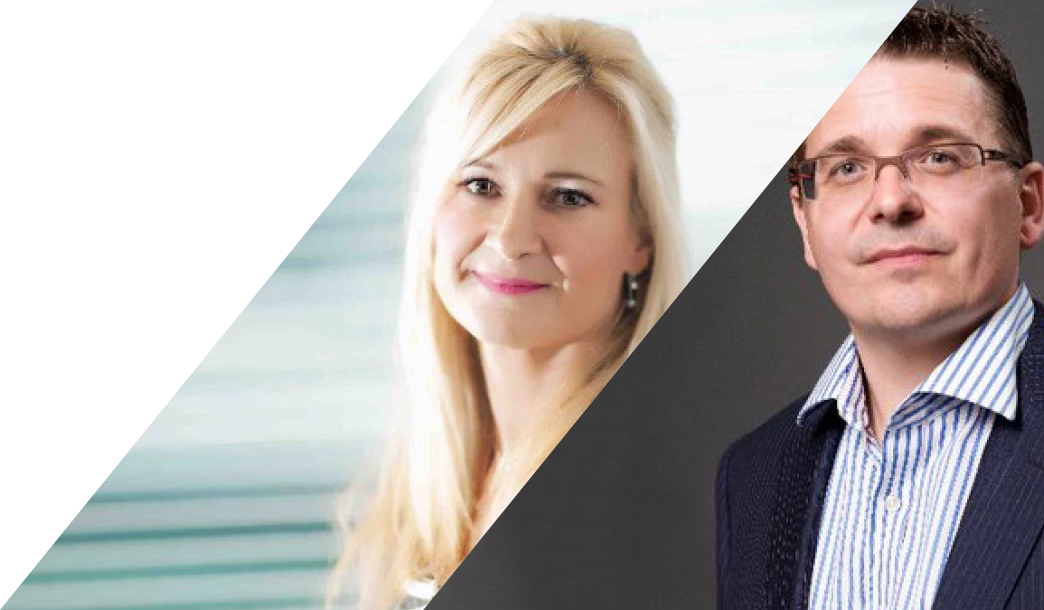IT TRANSFORMATION
DELIVERING MAJOR CHANGE BUSINESS PROCESSES
With Louise McCarthy, Business Transformation Director, Recognise Financial Services & Mark Aikman, Digital Transformation Consultant, Ignition Transformation


Series Four Episodes
Modernization of Business Process is Vital to Survival
Reconfigure how the business operates, and guarantee benefits say transformation leaders Louise McCarthy and Mark Aikman
Technology is only one element that will allow an organization to respond to sudden disruptions. An organization must have a set of business processes that are responsive to change, especially if the need to change has to be sudden. Business technology leaders Louise McCarthy and Mark Aikman have led a number of business and technology transformations and both believe that process re-engineering is more important than technology transformation.
“Now is the ideal time to look at how you could make changes to the processes,” says business transformation leader McCarthy, who is currently working with the start-up financial services provider Recognise. “Robotic Process Automation (RPA) is a quick win that an organisation can get working really quickly.”
Aikman, a transformation consultant with experience at BP and Cadbury agrees: “simplification is critical,” he says.
“People will want to go faster now,” McCarthy says of how the Coronavirus pandemic and global recession will drive an increased focus on business process re-engineering as organizations face a slump in sales and business confidence. McCarthy advises peers to take a three-step approach to reengineering their business processes, starting with the appointment of a leader who sees and wants to change a business process. They will then act as the advocate for this change. With that done, the former HSBC and HMRC change leader says organizations must capture data on the cost of the process and any key performance indicators (KPIs) associated with the process. “You then have the pain points and can demonstrate that you understand them,” she says of the need to understand how a process impacts the customer, the employee all the way to the shareholder.
“The first three months of a transformation are about getting in front of leaders and employees,” she says of the importance of communications. “The transformation must be owned by the business with high level executive sponsorship. It’s important to get the employees to reveal pain points so you can then convert them into a business case.” She adds that if you can achieve some quick wins a part of the business case should be to reinvest the savings into the strategic technology investments.
“The current situation is a great accelerant for wholesale change in how an organization operates,” Aikman says of using the current pandemic and economic situation to get major change programmes underway.
“Have a very clear purpose.”
Mark Aikman
The Technology to Change
Technology enables organizations to respond to disruption in their market and reconsider their business processes. Both transformation leaders have implemented a wide range of technologies as part of the business process modernizations they have led. Aikman adds that the last five years has given businesses access to applications and networks that enabled them to move to remote working. But the transformation leader warns that organizations have to be wary of interoperability issues between some cloud services.
McCarthy says too many large organizations, particularly in financial services, are held back by legacy technology.
“Measure the benefits; most people focus on the cost but consider the employee benefits, customer satisfaction and the social benefits. Every business should align to the benefits.”
Louise McCarthy
ADDITIONAL EPISODES

Innovations in Times of Crisis











